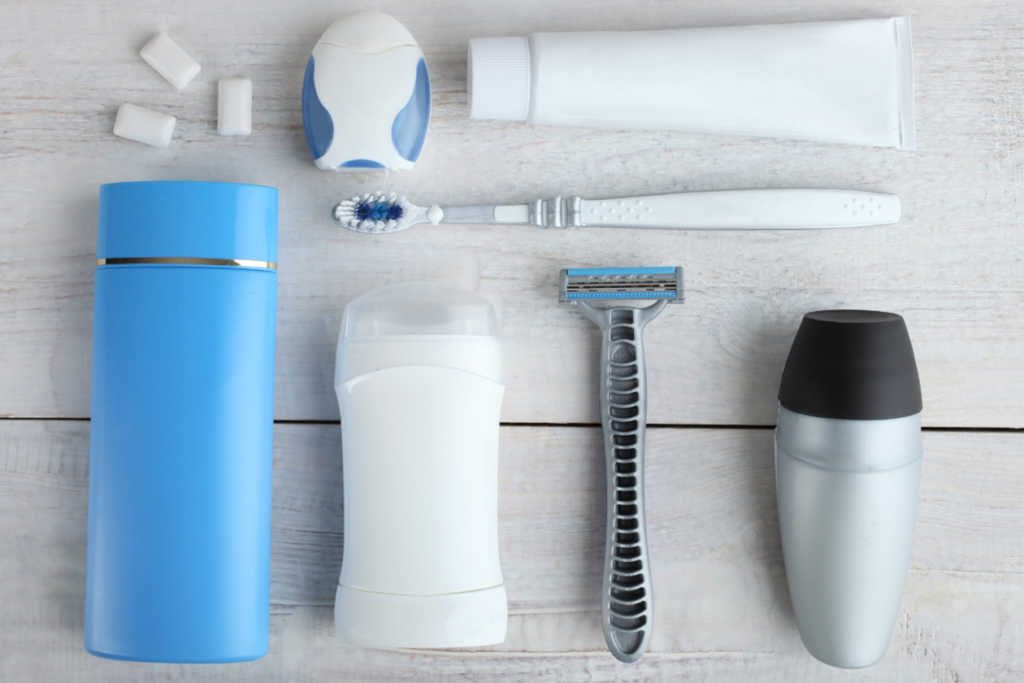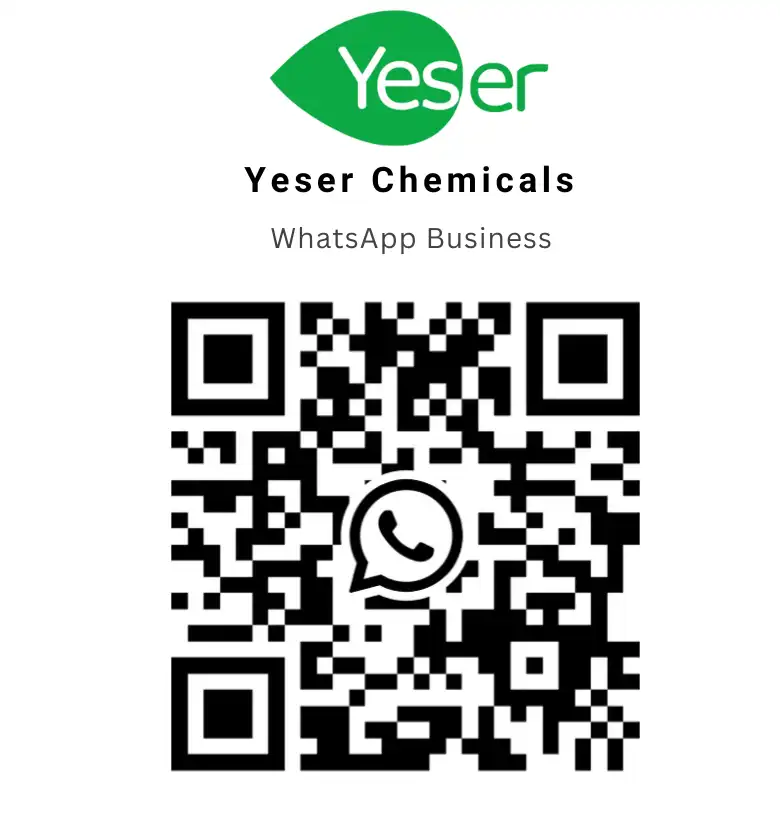Cocamide DEA is a widely used ingredient in food and personal care products, but also one that often raises questions. For both manufacturers and consumers, it’s important to understand the properties and precautions associated with this particular chemical.
In this guide, we’ll provide an overview of Cocamide DEA and discuss its applications, benefits, as well as safety concerns. Our goal is for you to feel confident about Cocamide Diethanolamine in your product formulation—so let’s dive right in!
What Is Cocamide DEA
Cocamide DEA, or Cocamide Diethanolamine (short: CDEA), is a chemical compound that functions as a versatile agent in many home care and personal care formulas. It is an essential ingredient for a majority of day-to-day household items providing users with an efficient cleaning performance while being easy on the skin.
Cocamide Diethanolamine is, above all, an effective, non-ionic surfactant with versatile functions and properties, including cleaning, emulsifying, foaming, wetting, and thickening properties. Commonly found in shampoos, hair conditioners, body washes, and detergents, it is renowned for its ability to help products lather properly. Additionally, Cocamide DEA promotes emulsifying oils and fats into liquids, allowing for improved product stability as well as a longer shelf-life.
In addition, Cocamide DEA is ubiquitous in many household items. The long list includes dish and laundry detergents, liquid soaps, general cleaners, floor waxes, and even food packaging materials.
Its versatile character made CDEA an essential component of many industries beyond personal care products, such as agriculture and pharmaceuticals. All things considered, it is no wonder why this chemical is so highly regarded among modern-day producers.
How is Cocamide DEA Produced
Cocamide DEA is commonly derived from natural sources such as coconut oil. However, it’s sometimes also obtained from petrochemicals.
The compound is created through a three-stage chemical process, starting with the reaction between coconut oil and diethanolamine. The result of blending these two components is then reacted with another element to form N-cocamide diethanolamine. In the next step, the mixture is refined by a vacuum distillation process to remove any potential impurities.
Finally, Cocamide DEA is further suppressed using inorganic or organic acids for improved stability before being clinically tested for optimal qualities and performance. The resulting product is a yellow viscous liquid that can be readily blended with other ingredients to create products with desired properties.
With passing testing inspection and meeting specific standards, the compound can be produced for consumers.
How Cocamide DEA Works
Cocamide DEA is commonly used in a variety of everyday products. It works as an amphoteric surfactant, capable of hydrotrope behavior and foam stability improvement.
It helps spread surfactants between the dirt and water while reducing surface tension. In addition, CDEA provides superior degreasing properties, emulsion stabilizing, and viscosity control, acting as an invaluable component in the manufacturing of personal care items.
Cocamide Diethanolamine offers exceptional detergency and foaming characteristics. Due to its capacity for creating a dense lather, it is often used as a thickener and cleanser in different toiletry products such as shampoos, bubble baths, shower gels, and hand soaps. Cocamide DEA can also effectively condition skin and hair to keep it soft and smooth after use.
In addition, Cocamide DEA acts as an emulsifier, dispersing oil into other substances rather than separating them as traditional soap does. That way, it helps achieve and maintain a creamy consistency of the finished product.
Advantages of Using Cocamide DEA in Manufacturing
- Cocamide DEA is a coconut oil-based ingredient applied in various personal care and cleaning products.
- As a versatile component, it can be used in a wide range of formulas.
- CDEA is an effective emulsifier, which means it helps to keep oil and water-based ingredients from separating.
- It also acts as a thickener, approving the product’s texture.
- CDEA’s excellent baking properties allow manufacturers to shape their products and create a desirable texture effectively.
- Cocamide DEA is non-toxic and does not irritate the skin or eyes.
- It is biodegradable, meaning it will not build up in the environment.
- Cocamide DEA is also relatively inexpensive, making it a cost-effective ingredient for manufacturers.
- Products that contain Cocamide DEA are typically very stable and have a long shelf life.
- Using Cocamide DEA can help manufacturers meet eco regulations and achieve “green” levels faster.
- CDEA is readily available from major suppliers
Is CDEA Environmentally Friendly?
Yes. Its environmental impact is minimal when used at recommended levels.
Cocamide DEA is a sustainable, eco-friendly ingredient. It assists in preventing oils from becoming gritty, making a product stable longer. Cocamide DEA is also biodegradable, producing no hazardous waste when it breaks down. As it slowly degrades into its basic CO2 and water components, it does not harm the environment or contribute to any sort of pollution.
Cocamide DEA is also non-toxic and is considered one of the safest ingredients in manufacturing products today. Its combination of biodegradability, sustainability, and eco-friendliness make Cocamide DEA an excellent ingredient choice for manufacturers looking to reduce the environmental impact while still satisfying consumers’ need for quality products.
Why Many Products Contain Cocamide DEA
Cocamide DEA is commonly used in soaps, lotions, shampoos, and other consumer products. As a synthetically improved version of coconut oil formulated for use in industrial production, it makes the products more effective.
Given its effectiveness and versatility in many different products, CDEA is a popular ingredient used by both large and small manufacturers. It is also readily available from major suppliers and has no known health risks when used at recommended dilution levels. In addition, it is relatively inexpensive compared to other surfactants, which makes it an attractive option for manufacturers on a budget.
Therefore, the main reason Cocamide DEA is widely used in many consumer products is that it offers a cost-effective solution to manufacturers while still providing consistent results.
Have a demand for Cocamide DEA?
Yeser Chemicals is a dedicated and leading producer of CDEA since 2003. Send us an inquiry, and get competitive offer.
Get a QuoteProducts Commonly Containing Cocamide Diethanolamine
- Household Cleaners
- Shave creams & gels
- Shower gels and bubble baths
- Hand sanitizer wipes
- Shampoos
- Liquid soaps
- Pet care products
- Car cleaning products
- Cooling Lubricants
- Hydraulic Fluids
How to Know if a Product Contains Cocamide DEA
Cocamide DEA is a chemical compound that can be found in a wide array of products, including shampoos and soaps. To help make informed decisions, check product labels for Cocamide DEA or Cocamide Diethanolamine. If either of these appears, it means Cocamide DEA is present in the product.
The ingredients in the product lists are normally listed in order of concentration. That means, if Cocamidopropyl betaine appears low on the list, its percentage of the overall product formulation is likely minuscule.
How Cocamide DEA Benefits the Skin and Hair
Cocamide DEA can have positive effects on both skin and hair. It is a foaming agent, meaning it helps to create a luxurious lather when mixed with water-based ingredients. That increases the effectiveness of shampoos and body wash by creating thicker suds that are easier to use.
CDEA also contributes shine and conditioning benefits to hair by helping with detangling. When used on the skin, Cocamide DEA helps boost hydration and mild cleansing properties, ultimately allowing users to achieve a glowing, healthy-looking complexion.
Cocamide DEA Safety FAQ
Cocamide Diethanolamine is approved for safety by the FDA. When used at recommended dilution levels, CDEA poses no known health risk. In general, the recommended dose shouldn’t exceed 10%, but the actual percentage depends on the formula and its targeted use.
Recent studies examining the safety of the chemical cocamide DEA have raised some legitimate concerns. While there is insufficient scientific evidence to determine an exact risk level, the potential health effects associated with the chemical should not be completely discounted. It is essential to exercise caution when using Cocamide DEA and be aware of potential moderate-to-high levels of exposure that may occur during manufacturing processes.
Are There Any Drawbacks to Using Cocamide DEA?
When using Cocamide diethanolamine (DEA) derived cosmetic, personal care, and cleaning products, potential side effects should always be taken into consideration. While Cocamide DEA is beneficial and safe when used within the recommended concentrations, higher levels can cause issues such as irritation, dryness of the skin, and allergic reactions.
Can Potential Side Effects Associated With Using Cocamide DEA Products Be Avoided or Minimized?
Careful selection of raw materials by responsible manufacturers to ensure the product’s safety is important. It is also advised that people who have allergic sensitivities or hypersensitivity to specific ingredients, fragrances, or preservatives avoid using potentially aggravating products.
A thorough understanding of cocamide DEA usage instructions is critical in ensuring that any potential side effects associated with its use are avoided or minimized as much as possible.

Is Cocamide DEA Safe for Use During Pregnancy?
Though the safety of Cocamide DEA has long been accepted, some studies have raised questions about whether this chemical should be used during pregnancy.
We take every precaution to ensure the safety of our customers, and so as a manufacturer of products containing Cocamide DEA, we are sensitive to these concerns. We are currently conducting our own research into potential risks associated with its use during pregnancy and hope to release information on this soon. Until then, we highly recommend that pregnant women familiarize themselves with all potentially hazardous ingredients included in their products and exercise caution where necessary.
Is Cocamide DEA Safe for Use on Children?
As with any ingredient, it is essential to consider if CDEA is safe for children. For anyone concerned, it’s recommended to check the ingredients list to see if and how Cocamide DEA is listed before allowing children to use them. In terms of safety, when used as directed and in recommended amounts, this ingredient is generally regarded as safe, but not all manufacturers agree.
Is It Possible to Mix Cocamide DEA With Other Ingredients to Create Custom Haircare or Skincare Product Formulation?
Although its use is generally safe and regulated, it’s always important to exercise caution when formulating. This counts double with a surfactant like Cocamide DEA. With that said, mixing it with other ingredients to create custom formulations is possible; however, it’s paramount that you have a clear grasp of the science behind product formulation and how the chemical components interact.
Additionally, you will need to understand the stability of your finished product and examine potential issues that could arise when introducing new components. For that reason, formulation experts with experience in this field should be consulted at all times. They are best equipped to advise on the safety and efficacy of any new formulation.
Using precaution and expert supervision is the key to avoiding serious health risks.
Tips for Safely Storing Products Containing CDEA
One of the most important aspects of storing products containing cocamide DEA is maintaining the right temperature. Cocamide DEA will become unstable at temperatures above 89°F, so it is best to keep it in an environment where the temperature can be accurately monitored.
If available, keeping these products in a climate-controlled room or an insulated container is ideal to ensure maximum stability. Additionally, you should always store them away from sources of direct heat, light, and water saturation.
It is essential that you safely keep any products using cocamide DEA away from other chemicals or items that could cause adverse reactions. Taking proper storage safety protocols can help maintain the integrity and quality of your product by preserving its chemical structure.
In Conclusion
Overall, Cocamide DEA is a versatile and common ingredient in many types of haircare products. It has a number of benefits for manufacturers, including its low cost and easy availability. Although some groups have raised concerns about the safety of using Cocamide DEA, it still remains approved for use in cosmetics by both the FDA and the EU.
CDEA provides product formulators that work well in multiple applications. It offers excellent detergency, emulsification capabilities, and foam-boosting abilities with little environmental impact and minimal health risks.
Cocamide DEA is an excellent choice for businesses looking to increase their sustainability and reduce environmental impact. Our commitment to offering a safe and sustainable product ensures that you can always trust our products to meet your needs without compromising performance or safety. We look forward to helping you make the most out of this remarkable surfactant.






